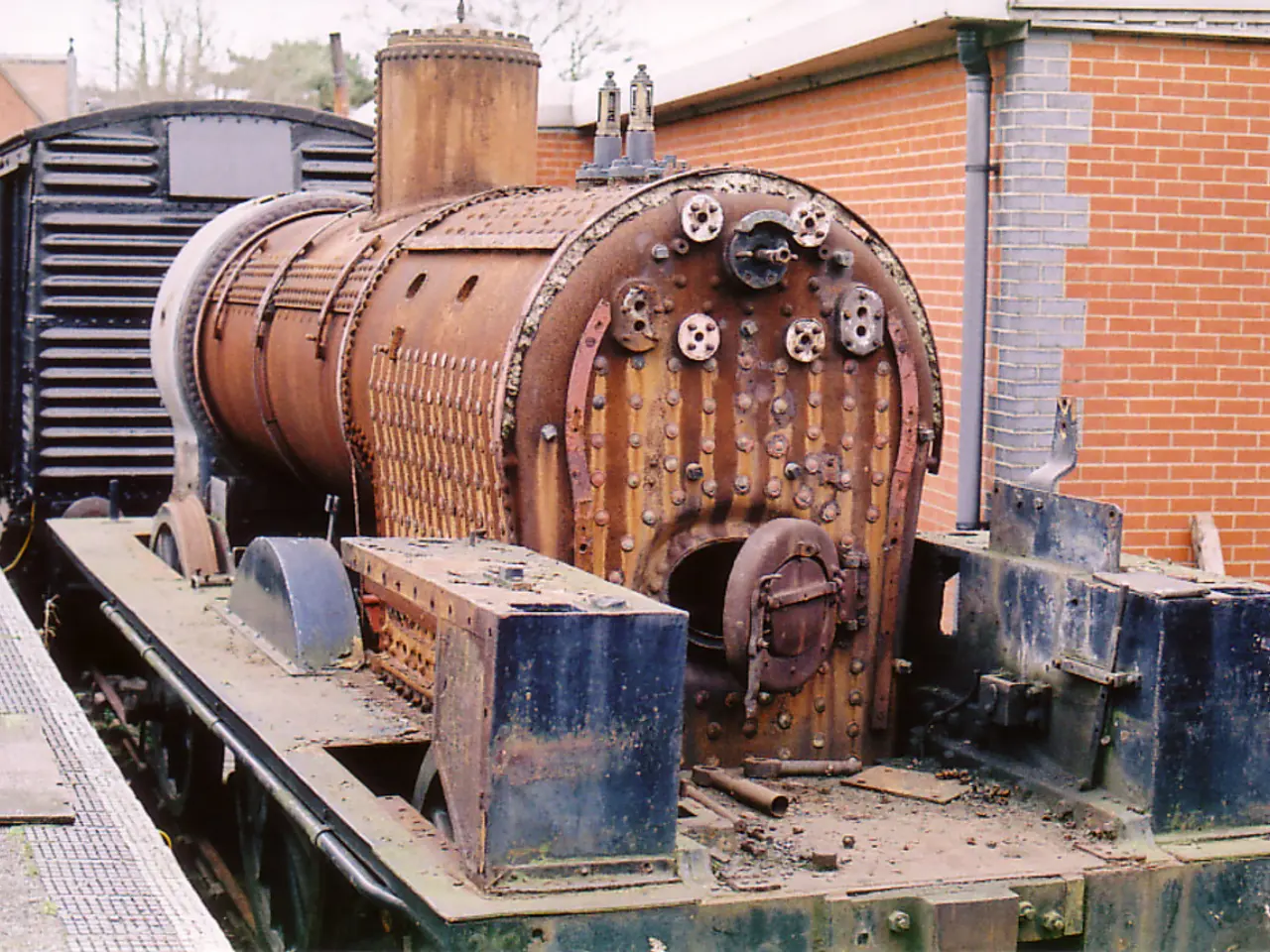Differences Between Fully Connected and Convolutional Layers: A Detailed Explanation
Deep learning, a subfield of artificial intelligence, has seen significant growth in recent years, driven by advances in hardware and model architecture. At the heart of this revolution are two fundamental types of neural networks: fully connected neural networks (FCNNs) and convolutional neural networks (CNNs).
CNNs, particularly popular for handling high-dimensional inputs like image data, differ from FCNNs in their structure. Unlike FCNNs, which connect every neuron in one layer to every neuron in the next, CNNs use a localized approach. A convolutional layer applies convolution operations to input data, which is essentially a sliding dot product. This design allows CNNs to detect spatial patterns like edges or textures while using fewer parameters.
Each convolutional layer uses filters that connect only to local regions of the input. For instance, two times the padding is added to the convolutional layer equation because the padding is added on both sides of the matrix. Dividing by the stride in the equation makes sense because when we skip over operations, we are effectively dividing the output size by that number. The output size of a convolutional layer can be calculated using an equation: Output size is equal to the input size plus two times the padding minus the kernel size over the stride plus one.
Convolutions are not densely connected; not all input nodes affect all output nodes, giving CNNs more flexibility in learning. This design also helps in reducing the number of weights per layer, making CNNs more efficient for high-dimensional inputs.
CNNs typically combine convolutional and fully connected layers and are used for tasks like image classification or object detection. However, for tasks requiring pixel-level tasks like semantic segmentation, fully convolutional networks (FCNs) are preferred. FCNs remove fully connected layers entirely, resulting in output segmentation maps that retain the spatial dimensions of the input.
Transposed convolutions, a variation of regular convolutions, are used to upsample feature maps and increase output resolution. They can be found in applications like convolutional variational autoencoders (VAEs) or generative adversarial networks (GANs). In the generator of a GAN, transposed convolutional layers are used to increase the dimensionality, while in the discriminator, standard convolutional layers are ideal for heavily reducing the dimensionality.
In summary, CNNs, with their localized approach and efficient design, have played a crucial role in the success of deep learning, particularly in handling high-dimensional data like images. Their adaptability and versatility have made them an indispensable tool in various AI applications.
Read also:
- Innovative Company ILiAD Technologies Introduces ILiAD+: Boosting Direct Lithium Extraction Technology's Efficiency Substantially
- Veolia advocates for sustainability by financing eco-friendly environmental projects
- Expansion of Recycled High-Density Polyethylene Market projected at 8.7% yearly rate up to 2034
- Airbus is escalating the standards for eco-friendly aircraft fuel





